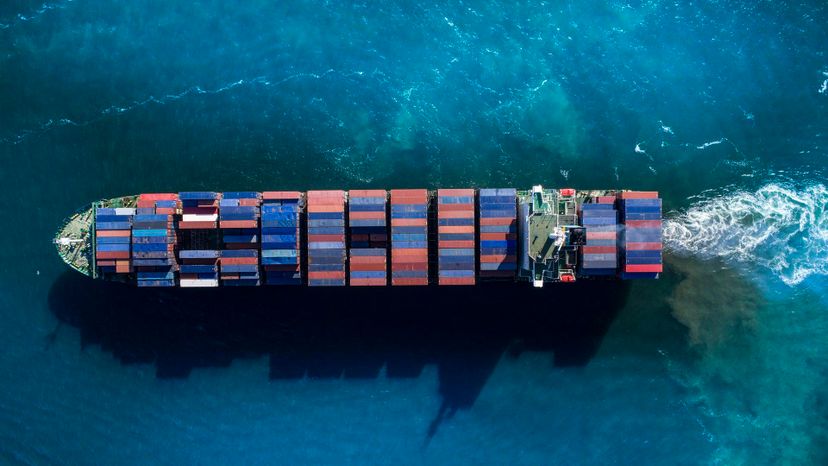
About This Quiz
Cargo, or container ships as they are sometimes called, are an intricate part of transporting goods around the world.
Did you know, these massive container ships are actually fairly new and have only been in operation for the past 60 odd years? In fact, the first container ship set sail out of Denmark in 1951.Â
And they continue to be a very important form of transport in the world today. Why? Well, container ships carry around 90% of the world's non-bulk cargo. Think about that number... it is simply incredible!Â
The cargo transported by these ships is divided into two types: bulk cargo and break bulk cargo.
Bulk cargo is transported in the hold of the ship in specially ventilated areas. This type of cargo includes grain, maize and other edible plants, for example.Â
Break bulk cargo is manufactured goods and generally transported in packages, for example boxes within a large container, packed tight to help stop breakages.Â
Of course, to get this cargo on board a container ship and to manipulate it while at sea requires a range of equipment. Not just cranes but locking mechanisms, ropes, nets and others. The cargo ship also has equipment that helps it complete its task in an efficient manner.Â
Let's see how many parts of this equipment you can guess from an image!
Good luck.Â
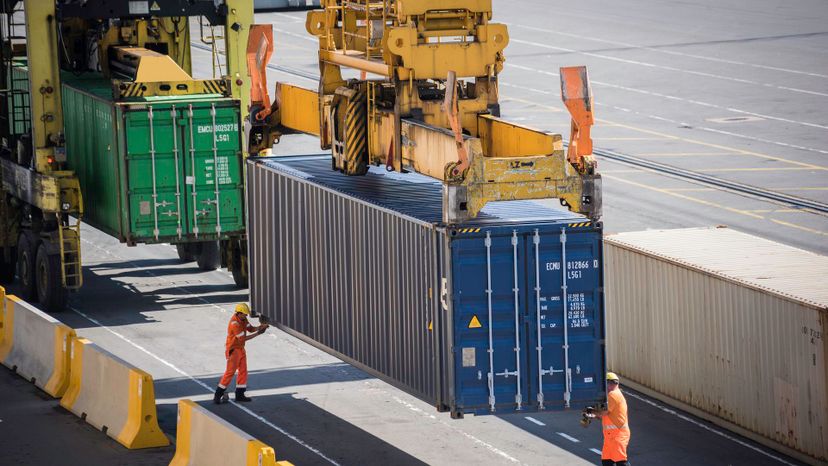
Large container ships have their own cargo cranes to move containers into position. On smaller ships, this is usually done by cranes on the land.

Many containers are stored below decks in special holds. These are covered with hatch covers which can close and open through the use of a motor and hydraulics.
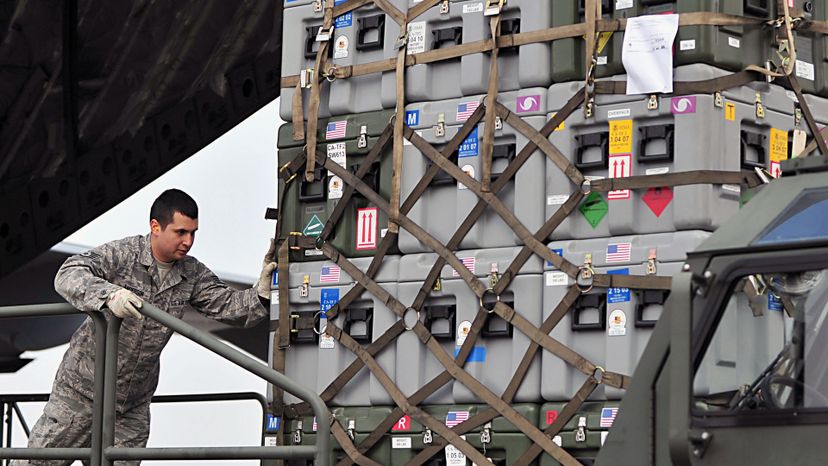
This net is made of heavy duty rope and is normally square in shape. The ropes inside the net form smaller squares and it is used as a way to move containers onto cargo ships.
Advertisement
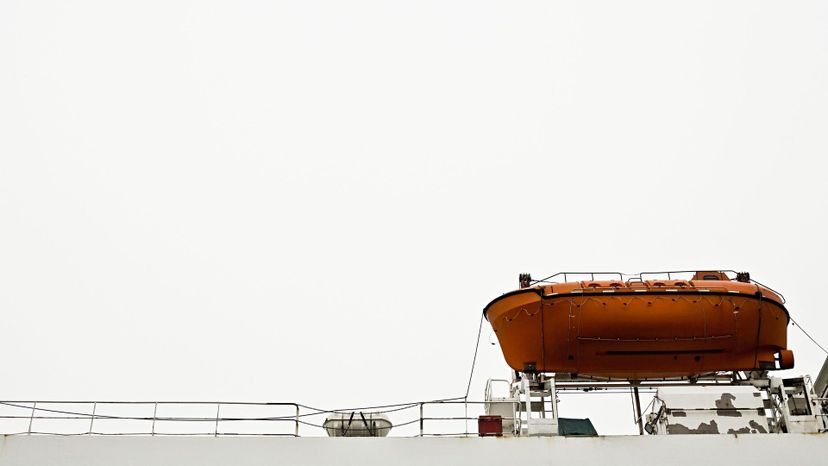
In case of emergencies, the life boats on the ship will be dropped in the ocean and the crew will abandon ship if it is sinking.
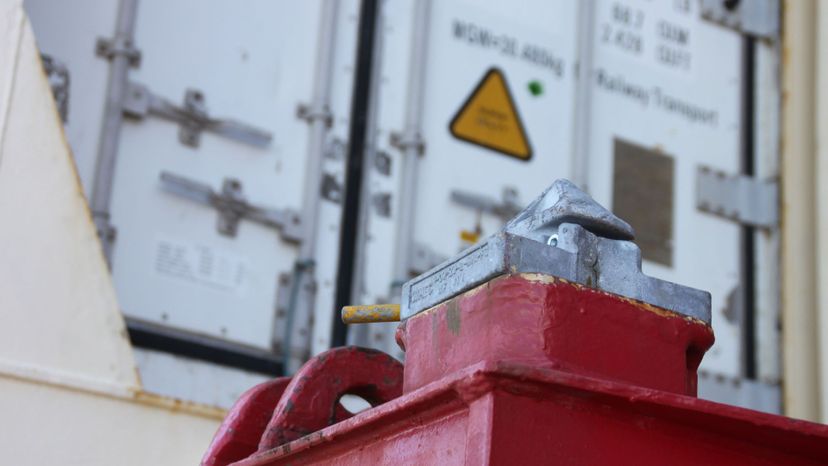
Found on the deck of a cargo ship, containers are placed over this lock and then it is locked in position, holding the container fast.
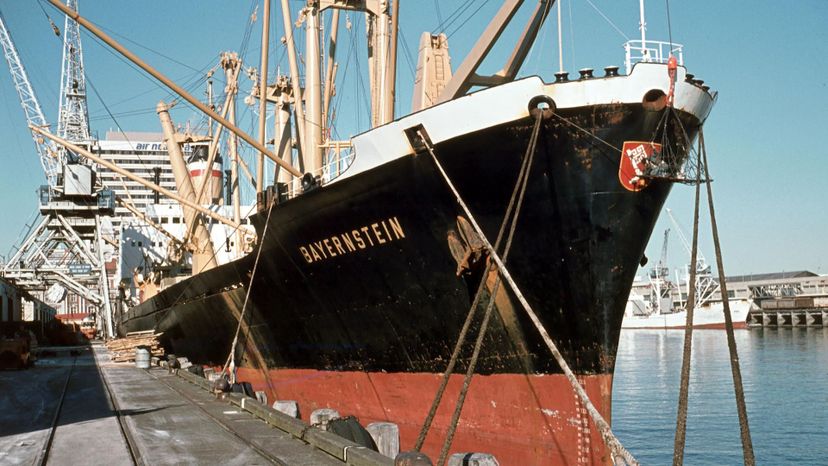
While in harbor and taking on cargo, a cargo ship must be securely fastened to the wharf. This is achieved by the use of mooring gear, which usually takes the form of large ropes which are securely fastened to special mooring stations on the wharf.
Advertisement
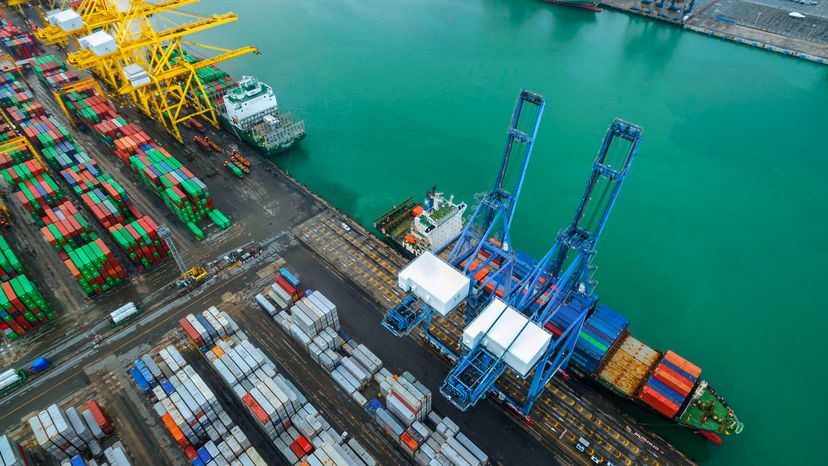
A heavy lift rig on a cargo ship consists of an arm and heavy duty wires. This rig is like a mini-crane and can lift smaller containers and move them around the ship.
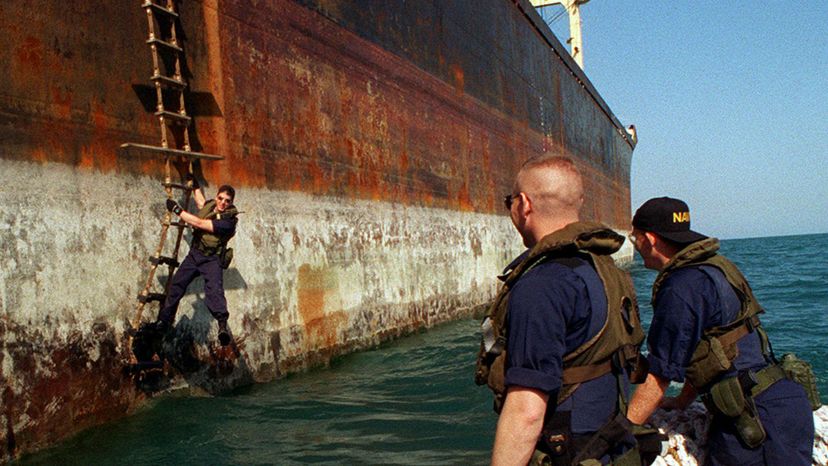
Ladders on deck allow crewmen to traverse between the different levels of the cargo ship quickly.
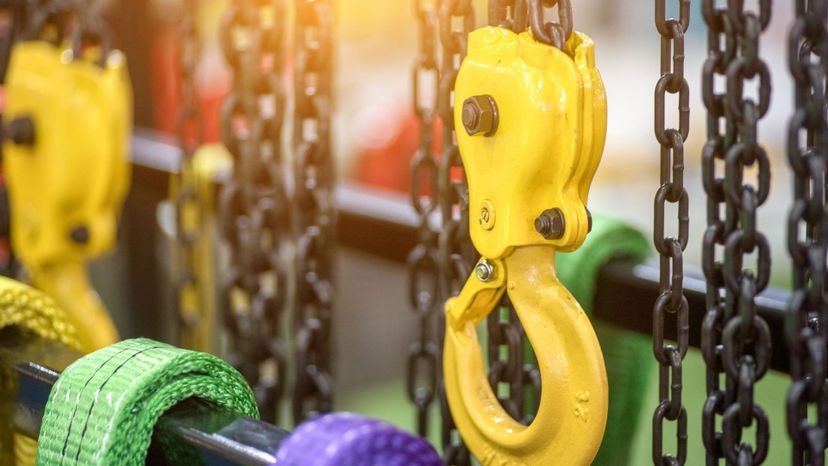
Cargo hooks can be used to attach to wooden boxes and other forms of cargo. This is just one way to move these types of loads onto a cargo ship.
Advertisement
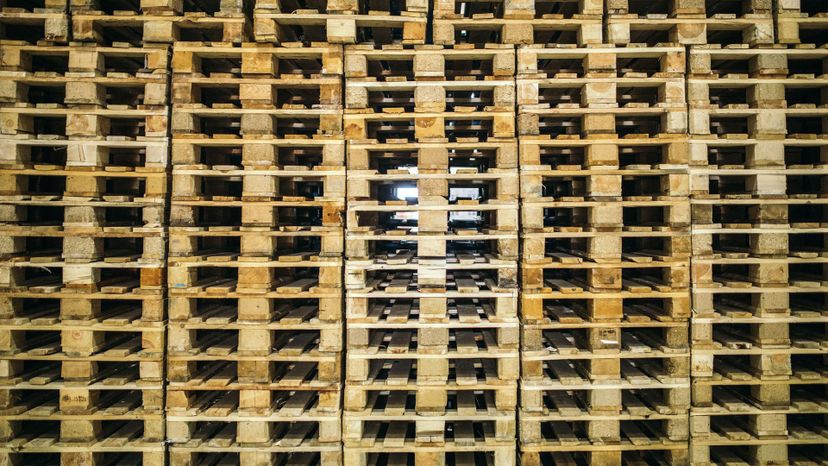
Sometimes, cargo is stacked on wooden pallets. These need to be lifted onto the cargo ship, which is normally done using hooks or a cargo net.

Just another way of moving cargo, lifting slings are heavy-duty and able to pick up enormous amounts of weight. They are used in conjunction with cranes.

Semi-automatic twist locks are used in between containers, locking them together.
Advertisement
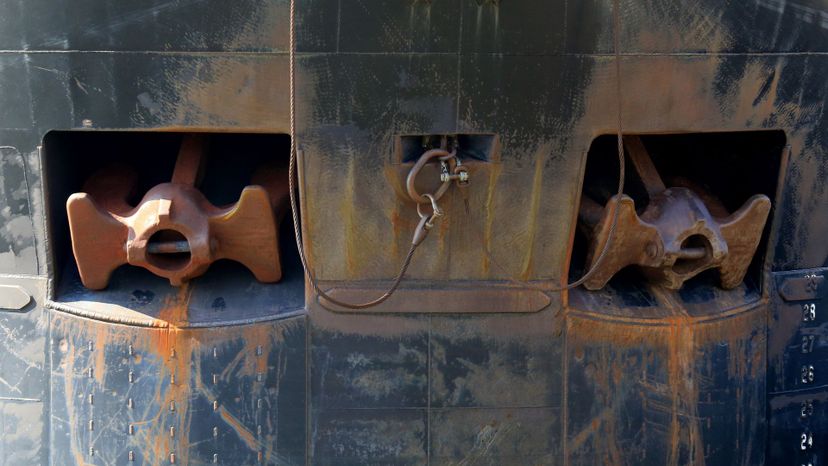
If a cargo ship has to wait outside a harbor, it may need to ensure it remains in the same place. In this situation, it drops its anchor.
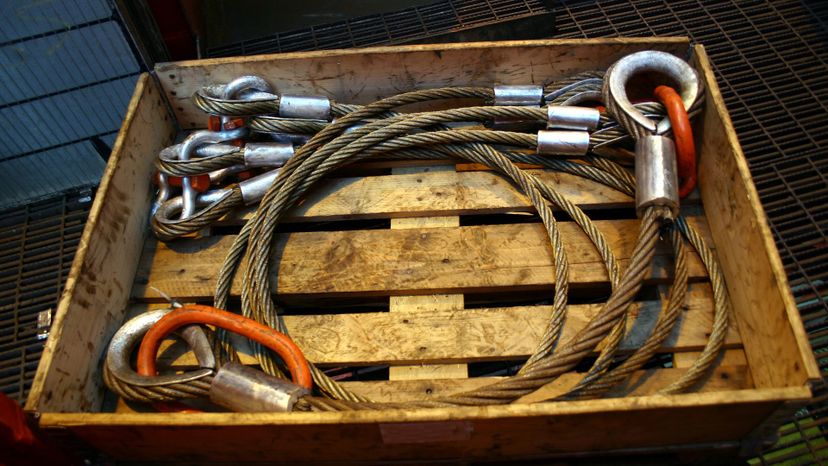
A chain sling is one of many ways in which containers of various sizes are picked up by booms, lifting rigs or cranes.
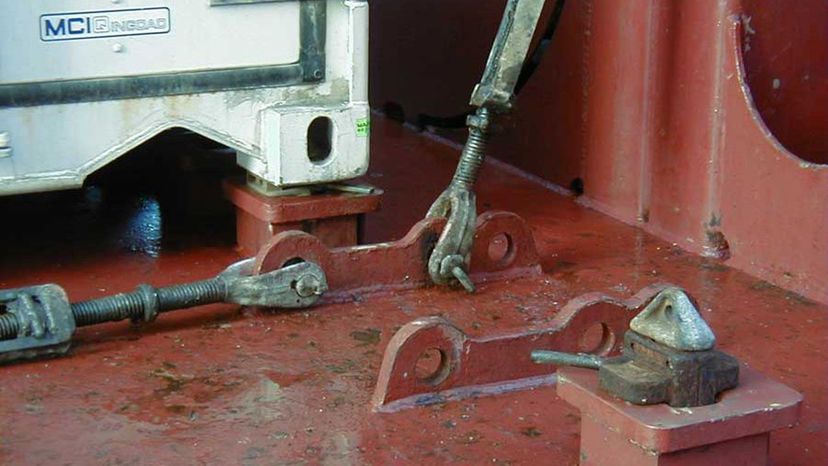
Lashing rods are of various lengths. They are used to hold containers on a cargo ship and are tied to them on one end and to the deck of the shop at the other end.
Advertisement
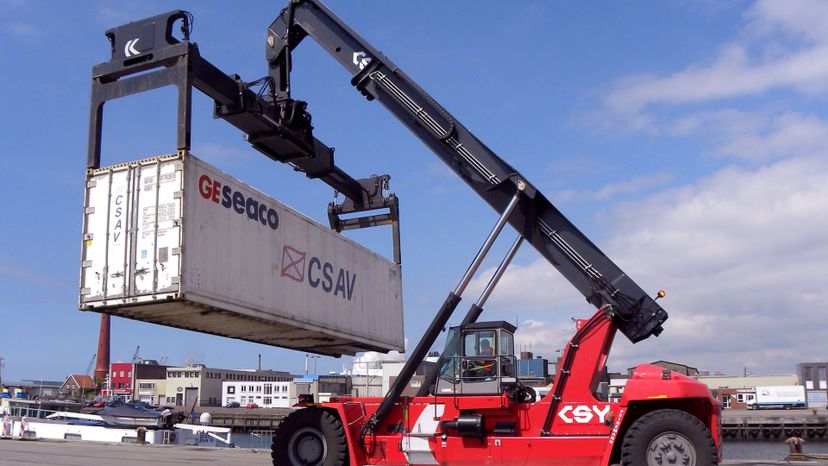
Hanger stalker - This piece of equipment on a cargo ship is used to secure a 20-ft container on all four sides.
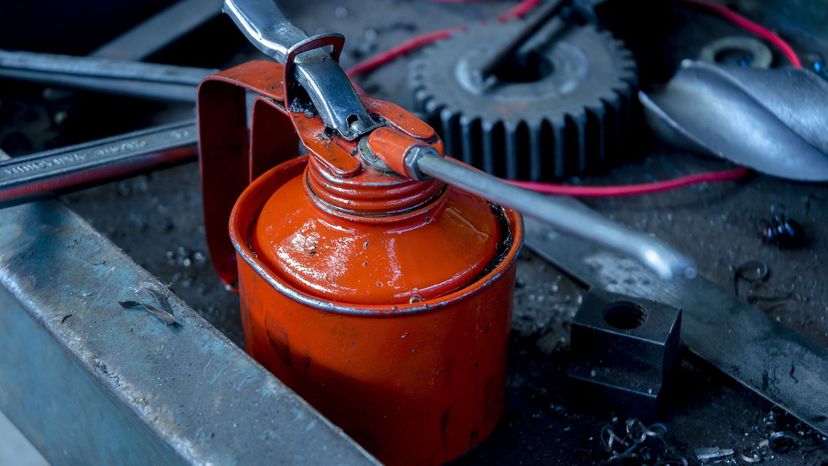
With plenty of moving equipment on the deck of a cargo ship, grease is applied to moving parts and lashing equipment to keep it in perfect working order.

Cargo winches are used to arrange containers on the deck of the ship.
Advertisement
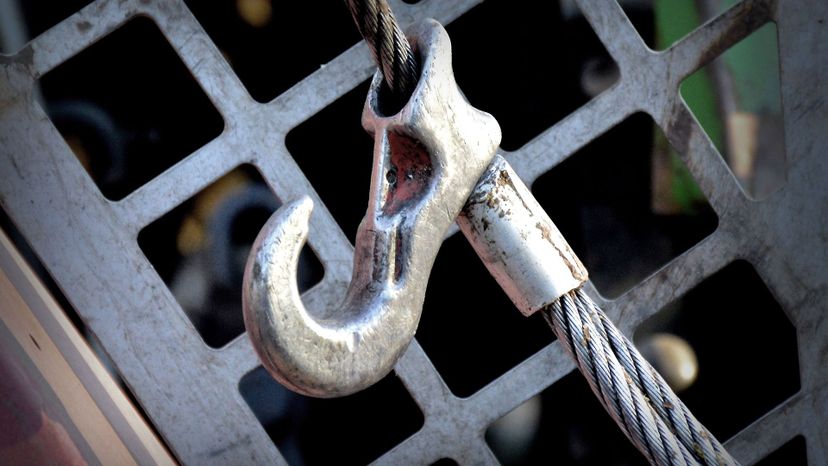
Timber hooks are attached to wooden cargo to help lift it onto the cargo ship.
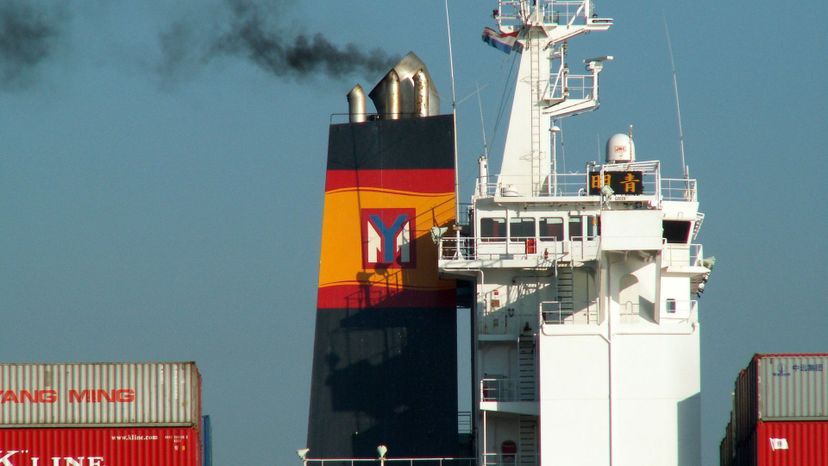
- Also known as a stack, the funnel allows the exhaust gases or boiler steam to escape the ship.

A cargo ship has various hydraulic systems, not only to run the ship itself but to power the many lifting devices on it.
Advertisement

Also known as a tightening tool, this piece of equipment is used to tighten turnbuckle and bottle screws, ensuring containers remain under tension and do not move.
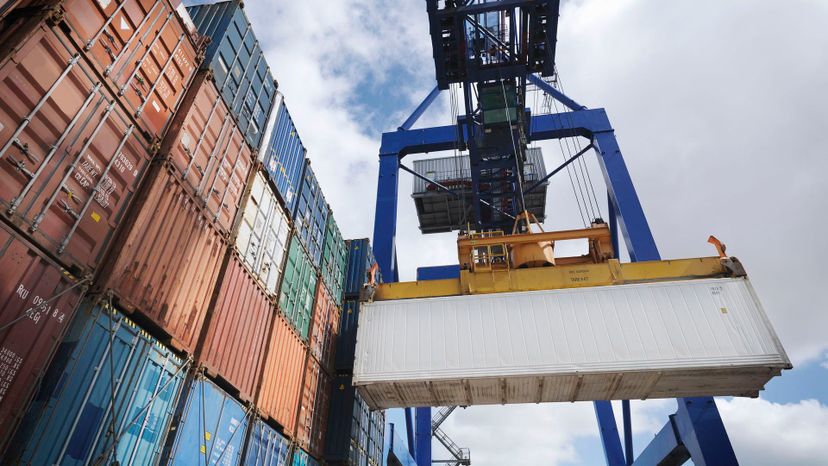
This crane is used to stack cargo containers on top of each other. These cranes normally straddle the ship, dropping the cargo onto them from above.
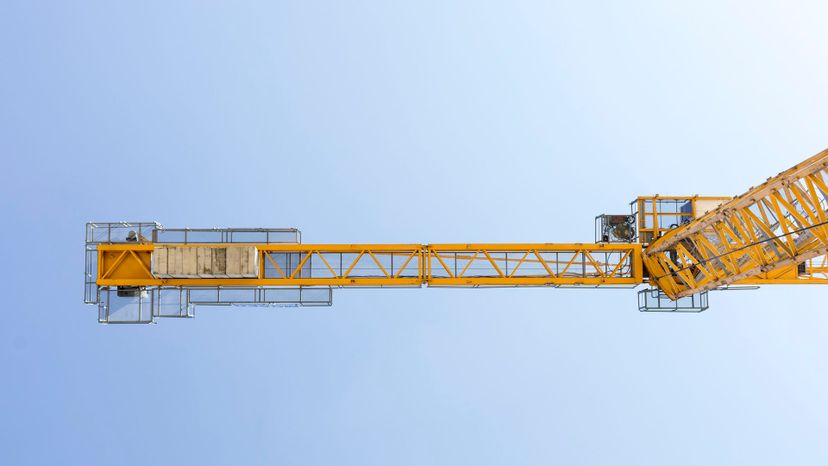
Another lifting device, a derrick boom consists of a self-supporting tower and an articulated boom that does the lifting.
Advertisement
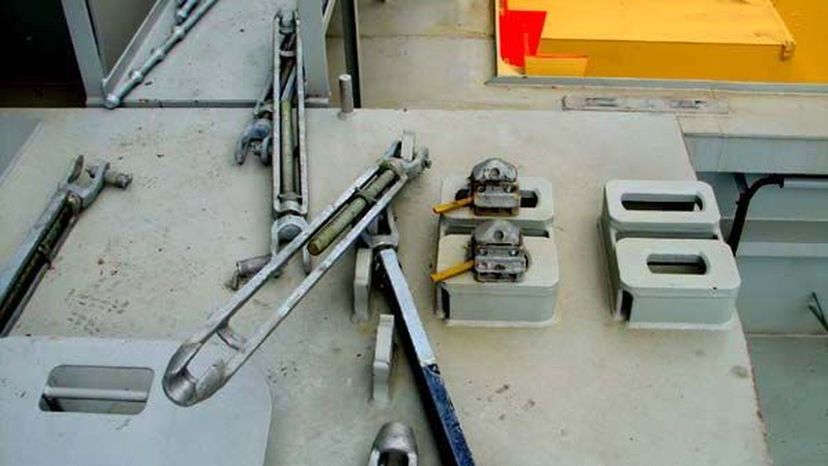
These are used on containers of 20 feet in size and lock them to the deck of the ship.
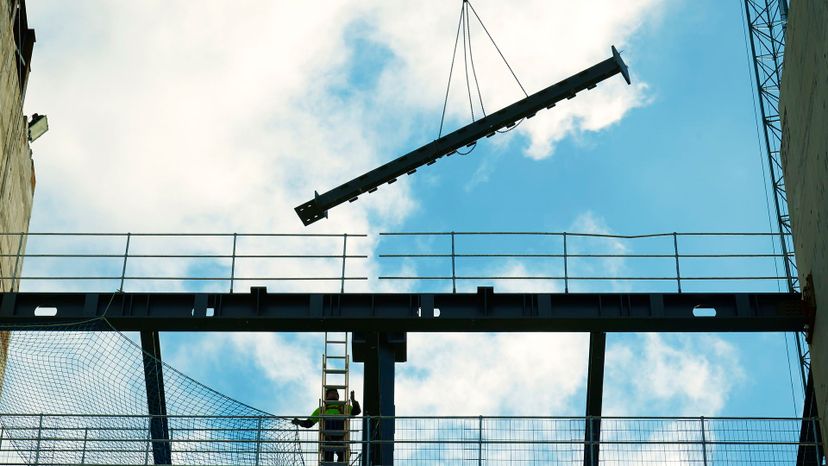
This long beam helps to lift containers onto ships after it has been attached to them.
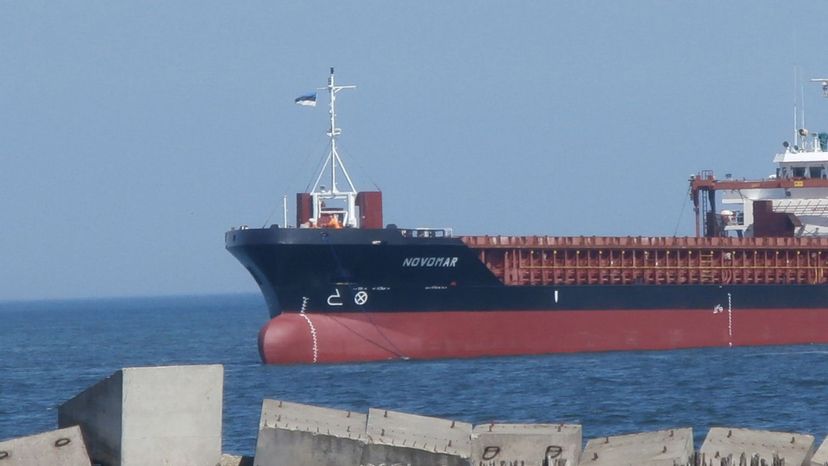
The fore mast is the mast found at the front of a cargo ship.
Advertisement
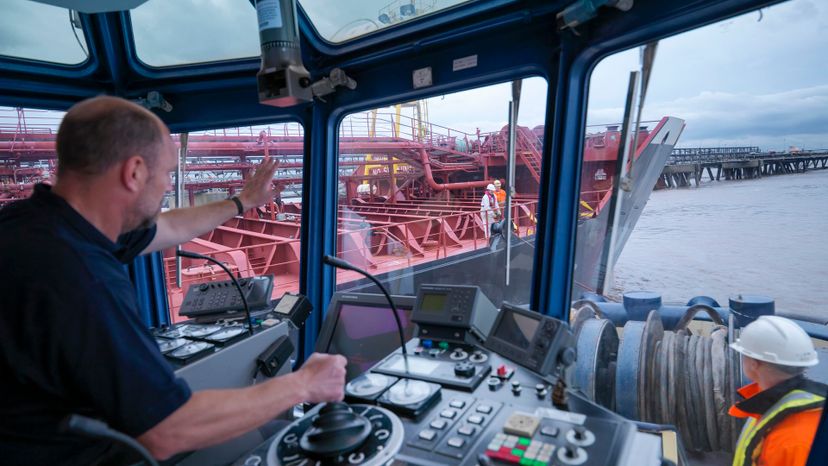
The main base of operations on a cargo ship, the captain will be on the bridge while the ship is at sea, moving toward its destination.
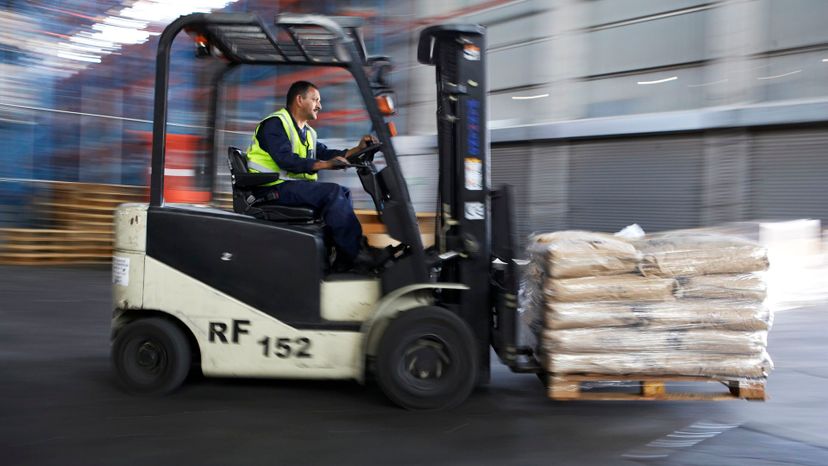
Larger cargo ships may have their own fork lifts to move smaller cargo around while out at sea. Otherwise, you will see these in the harbor when the ship is been loaded.

Another form of locking mechanism, these are used on the lowest tier of the container ship to lock containers in place.
Advertisement
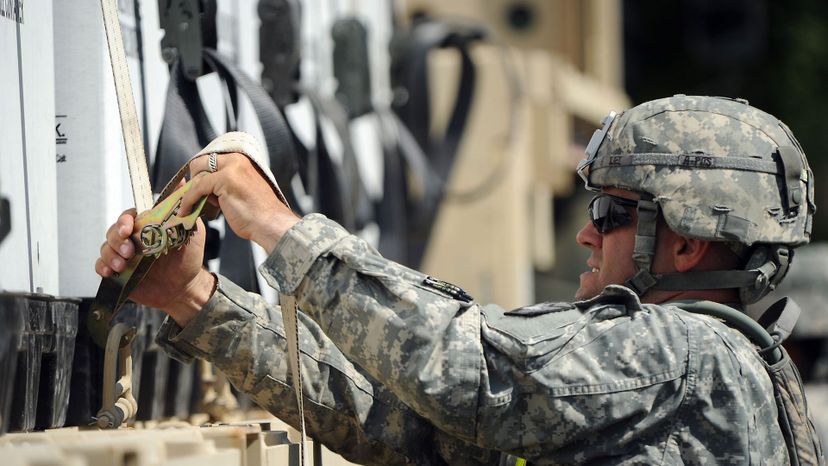
Box hooks are attached to wooden cargo to help lift it onto the cargo ship.
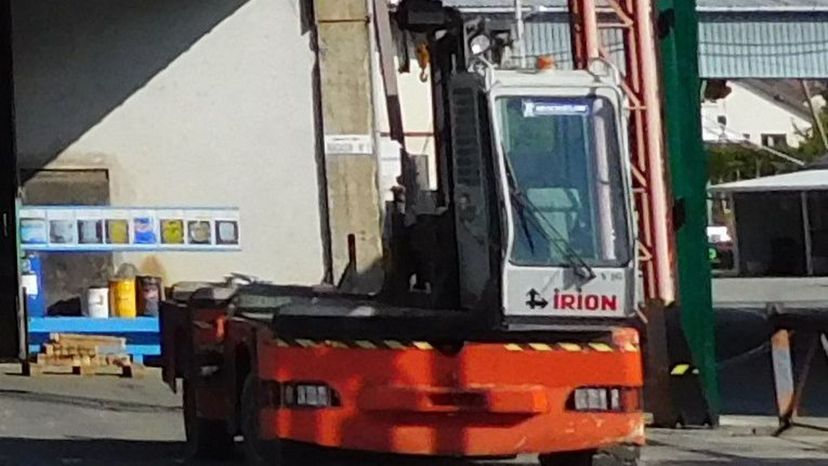
This is a specialized truck that helps to load containers on and off a cargo ship, especially to levels of the ship that line up with the dock.

The engine turns the propeller, which in turn makes the cargo ship move forward.
Advertisement
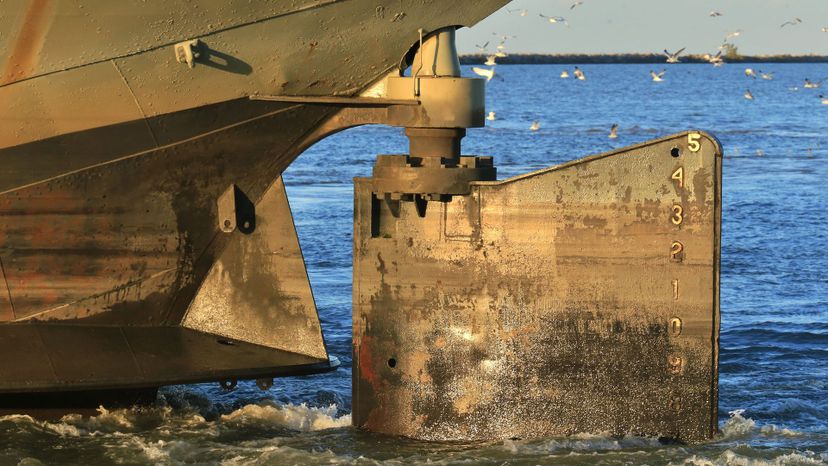
The rudder is connected to the bridge and the ship's wheel and determines the direction the cargo ship is moving.
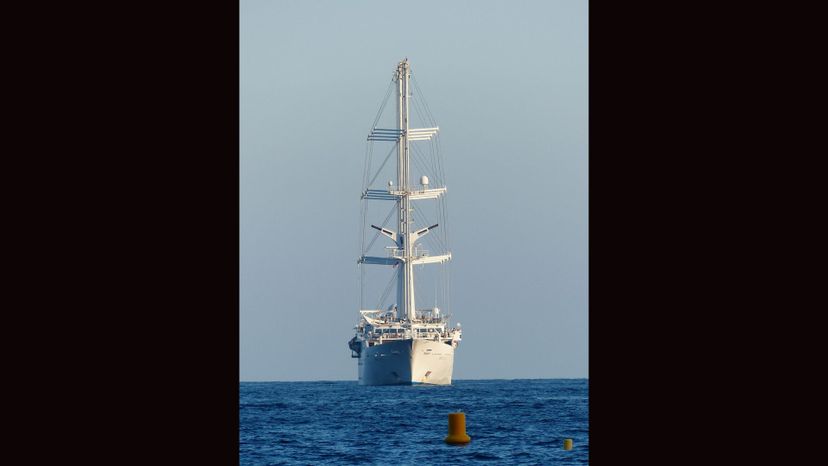
No, cargo ships don't have sails but they still do have masts. This could have an observation post but generally is used for rigging.
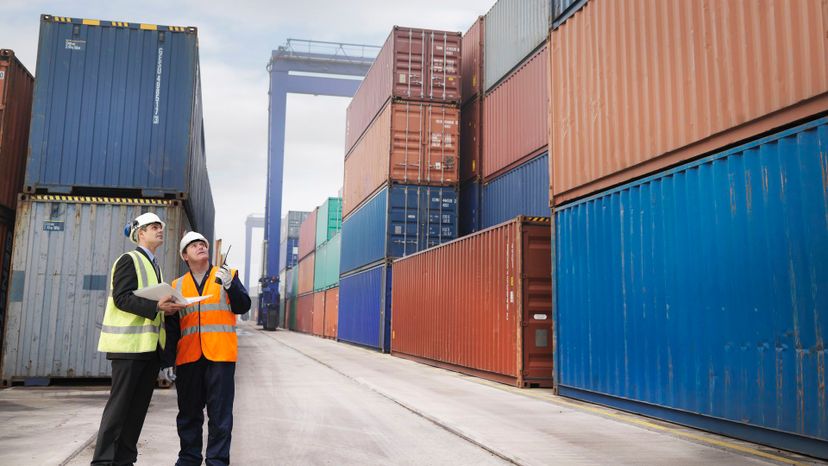
Although containers are often packed above deck, some smaller ones may be placed in the cargo hold of the ship.
Advertisement
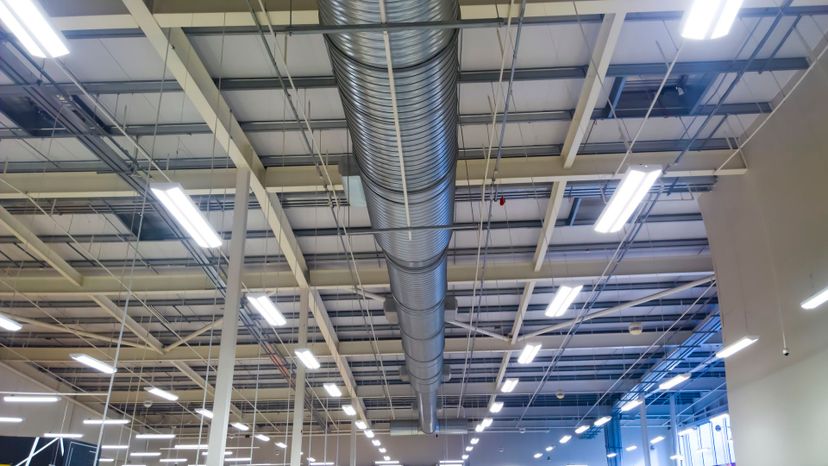
Many cargo ships have ventilators in their holds to keep fresh air coming in and expelling older air. This is especially important when transporting items which can decompose, for instance food stuffs.

The radar mast on a cargo ship will contain all the navigational equipment used for plotting the course for the ship.

If a twist lock cannot be opened using the usual method (releasing a wire), this tool can open the twist lock and keep it open to allow the container to be moved.
Advertisement
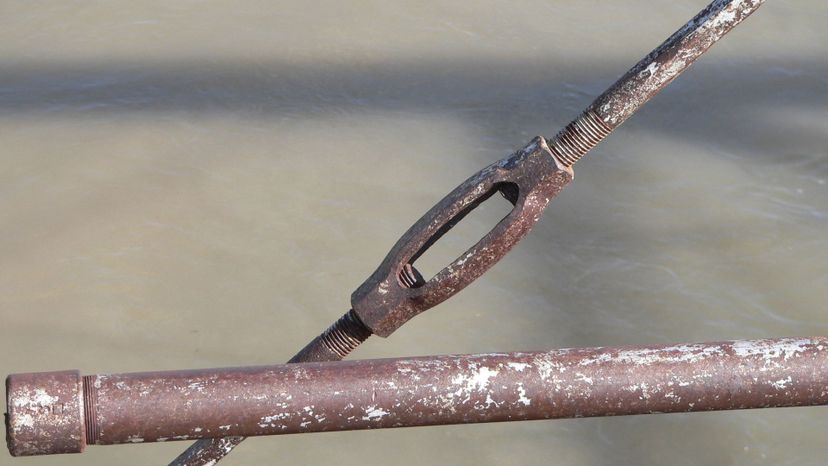
Another way of keeping tension on secured containers is through a turnbuckle and bottle screw. These ensure the containers don't become loose.